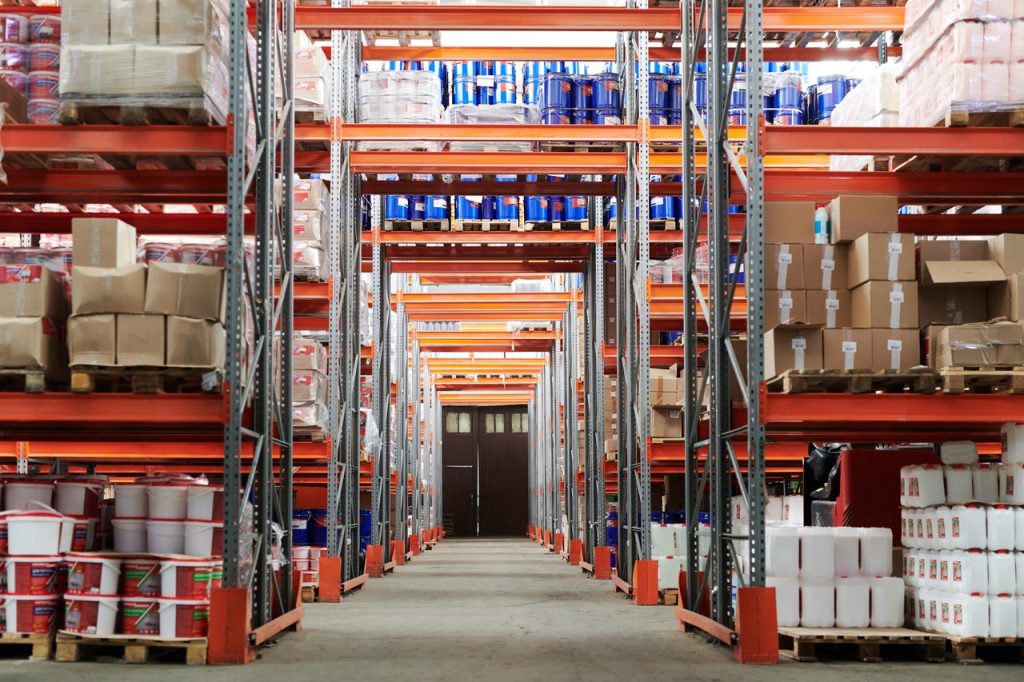Businesses are more successful when every element of their operations is organized, most of all the warehouse. An efficient warehouse can lead a business to progress. At the same time, a disorganized warehouse will create problems that could be detrimental to the whole operation. For example, failing to load the shipment at the right time from the warehouse can make customers unhappy because they will not receive their orders on time. On the other hand, if the warehouse is efficient and can do inventory well, you might even be able to offer your customers new deals and promotions for overstocked items.
Clean It Regularly
Hire a professional to clean the warehouse regularly; once or twice a week will do. At least once a month, make sure to do deep cleaning so you can see an improvement in the efficiency of your warehouse employees. A disorganized warehouse will lead to delayed shipments and deliveries, as well as accidents among employees who are working there. It is common sense to clean your warehouse as it allows for a more efficient movement of workers.
Reduce Clutter
Messy warehouses lead to inefficiency. When investors, suppliers, and even customers visit the warehouse (for a sale or inspection, for example), it will send a wrong message. They won’t see your warehouse as something that of an efficient organization. For investors, they will see the clutter and think that you are losing potential revenue. It might discourage them from investing more.
Maintain a Lean Inventory
Store only what you need and nothing more. You can also talk with your suppliers about delivering smaller stock but more frequently. Don’t let your employees sift through items that your business doesn’t need. It is harder for everyone to work when there is excess inventory that doesn’t add to the overall profitability of the business.
Use the Right Protective Materials
If you use heavy equipment in the warehouse, make sure you have the right materials to protect all your investments. Scissor lifts can sometimes have hydraulic leaks that will destroy the warehouse’s flooring. A scissor lift floor protection will shield your warehouse flooring from potential problems owing to oil leaks. This can also cause slips and accidents; something that businesses should protect their employees from.
Assess Space Utilization
A good way to improve the space in your warehouse is to understand how they are being utilized. The layout of the warehouse and the kinds of containers and shelves there will impact the overall efficiency of the movement of people and goods. With the right space and shelf utilization, you can put more of your stocks in the warehouse and move them efficiently along traffic patterns.
Customize According to Industry
The layout of one warehouse doesn’t work for all warehouses. This means that your warehouse’s layout, design, and organization should rely on the specific industry where you operate. For example, if multiple items are usually shipped to one destination, then keep them together in a specific space. If the packages are being shipped to different addresses, then apply a different organizational structure to that area.
Use Stackable Shelf Bin

The best thing about stackable shelf bins is their ability to save space. It’s an easy solution for small parts storage, so much so that you can even use them on top of the desks to store labels, tags, invoices, and stickers. Every warehouse department will benefit from these stackable bins because they fit just about anywhere.
Implement a Labeling System
What’s a warehouse without a labeling system? Employees will have a hard time looking for items when there are no labels on the shipping boxes, bins, and containers. Are you trying to do everything manually? Don’t. Manual methods are equal to human error. There is nothing worse than that. The likelihood of human error increases in the warehouse when there is no labeling system. Warehouse bar codes are easy to implement and cheap, too, so documentation will only take a fraction of time compared to doing it manually.
Keep Track of Error Rates
Even the most efficient warehouse will have at least a low error rate in terms of inventory and shipment. Keep track of these error rates. When you notice an upward trend, address the problems immediately. Call the attention of your employees and make sure to fix whatever issues they are having with the organizational system.
A clean and organized warehouse equates to an efficient business process. This will affect your bottom line—improving customer satisfaction and increasing revenues. The warehouse serves as the entry and exit point of your business operations, so make sure that you comply with legal requirements and safety protocols.




